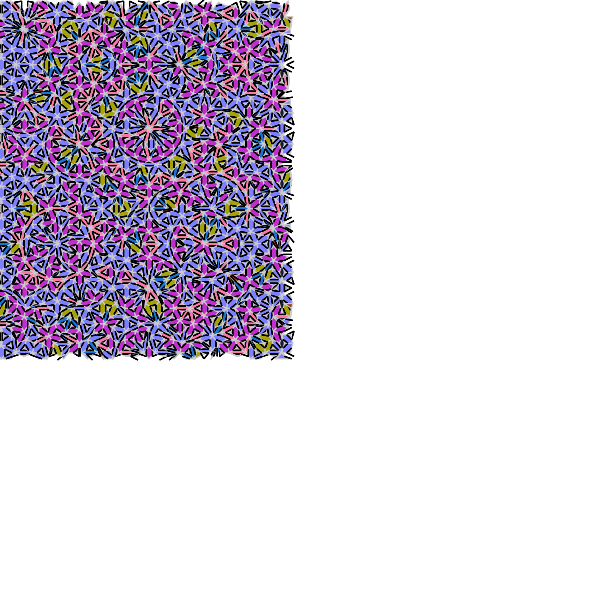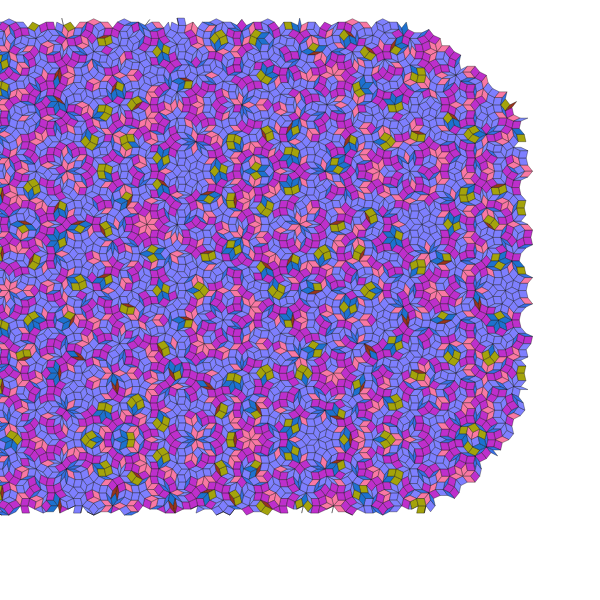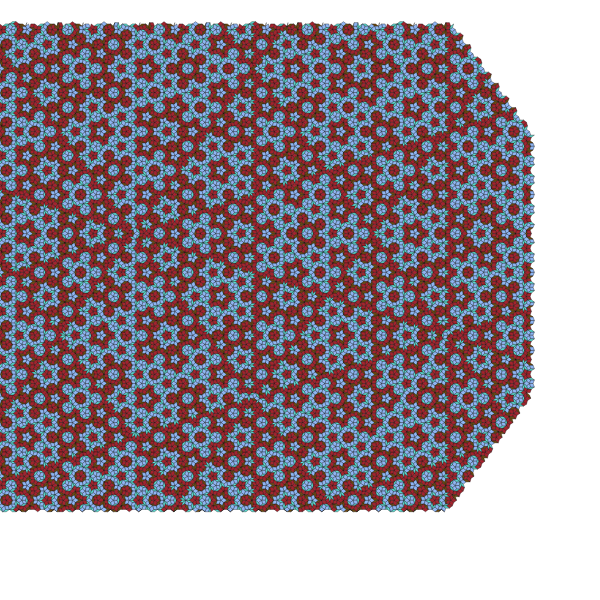README
quasi-svg — SVG quasicrystals in JS
This is a port of Eric Weeks' quasi.c, which can still be found all the way back in 1995:
http://www.physics.emory.edu/faculty/weeks/software/quasic.html.
I made a few modifications, including supporting SVG output in addition to PostScript, but overall the heart of the generator is a straight port. As such, it has a certain amount of undocumented magic (it also looks a lot more like C than the usual JS).
It should be relatively straightforward to add canvas support as well. If you're interested and have questions, don't hesitate to contact me.
Node Installation
Nothing but the usual:
npm install quasi-svg
In the browser
Just use one of the files (minified or not) from inside dist. Only the SVG module is provided,
PostScript somehow seemed redundant in the browser. The file contains the minimal Browserify AMD
code; if it's not loaded through a module system it makes itself available using the Quasi global.
You can then call Quasi.svg() with some options.
API
If you require("quasi-svg") the following three methods are available. They can also be required
individually as quasi-svg/svg for the SVG part, quasi-svg/ps to generate PostScript, and
quasi-svg/quasi for the core engine.
svg([options]). Takes some options and generates an SVG string. Same options asps().ps([options])Takes some options and generates a PostScript string. The options are an object with the following keys, all optional:size(Number). A scaling factor.fillPolygons(Boolean). Fills the polygons.fillColor(Boolean). Fill colour is according to polygon type (also setsfillPolygons).rotate(Boolean). Flip 90°.magnify(Number). Magnification factor.skinnyMidpoint(Enum) Midpoint type for skinny diamonds, takes enumerated values below.fatMidpoint(Enum) Midpoint type for fat diamonds, takes enumerated values below.1: acute angle sides joined2: obtuse angle sides joined3: opposite sides joined to make cross4: all sides joined to make rectangle5: randomly choose 1 or 26: randomly choose 1, 2, or 4
symmetry(Int). Degrees of symmetry.lines(Int). Number of lines to use.strokeWidth(Number). The stroke width for drawing.color(Boolean). If set will generate pretty-looking colours for the fills. ImpliesfillColor.
quasi(options, writer). This is the core engine that generates the quasicrystals. It takes the same options as the other two plus awriter. The writer is basically an object that quasi controls in order to tell it to produce the output. Look at the source of thesvgandpsmodules for details.
Examples
Here are a few examples (you can get a fair bit fancier). Note that they are also available as SVG, but GitHub will only let you embed PNG (for good reasons, too):
The default output

skinnyMidpoint=1, fatMidpoint=1
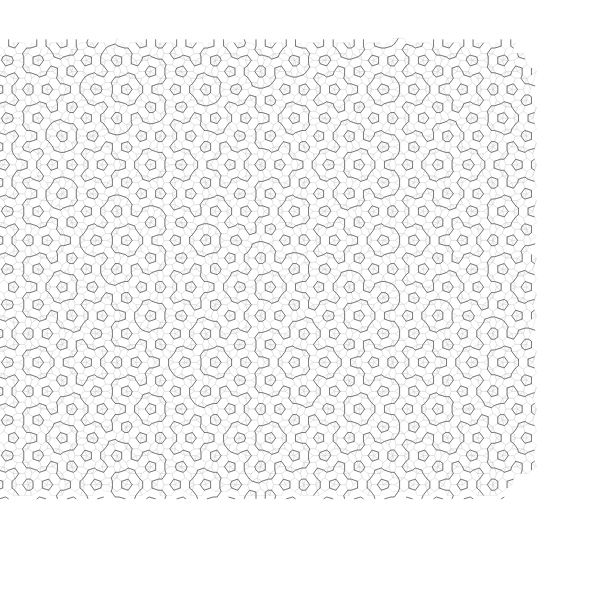
skinnyMidpoint=1, fatMidpoint=2
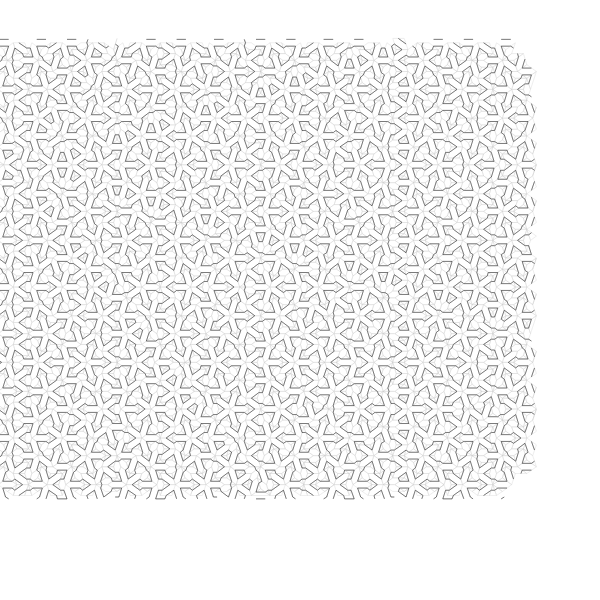
skinnyMidpoint=2, fatMidpoint=1
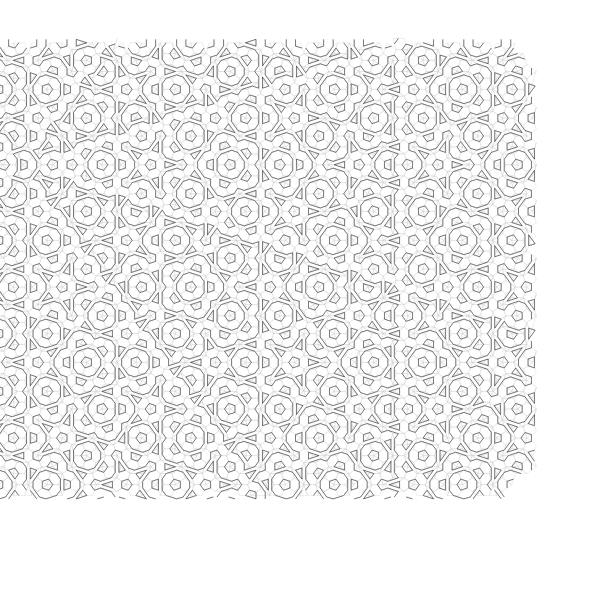
skinnyMidpoint=2, fatMidpoint=2
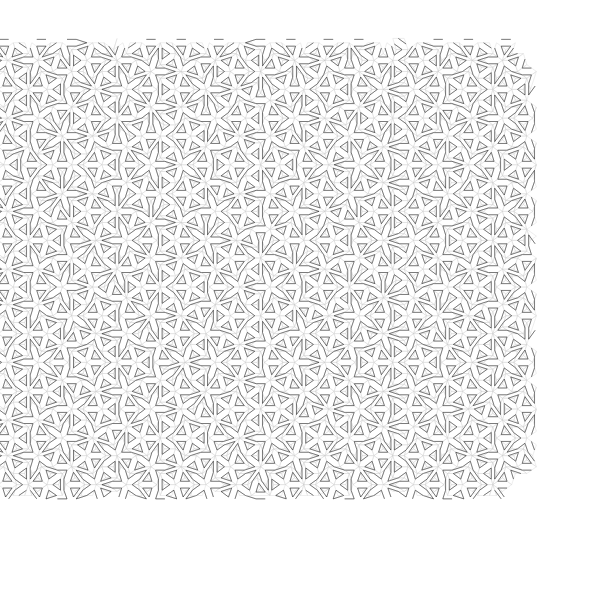
skinnyMidpoint=3, fatMidpoint=3
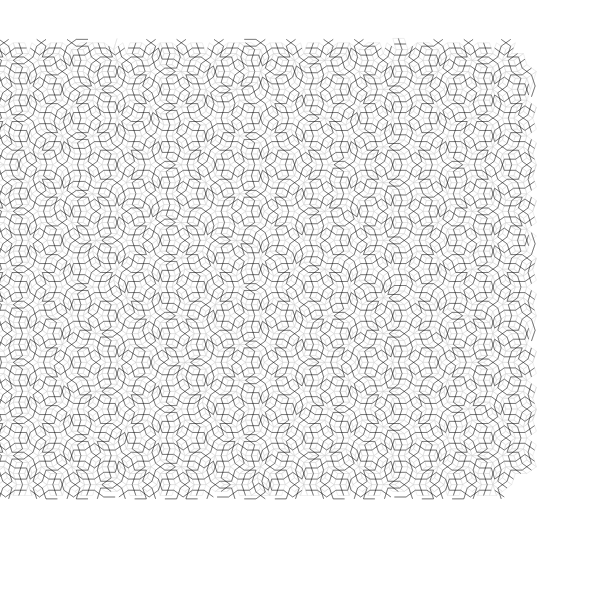
skinnyMidpoint=5, fatMidpoint=5
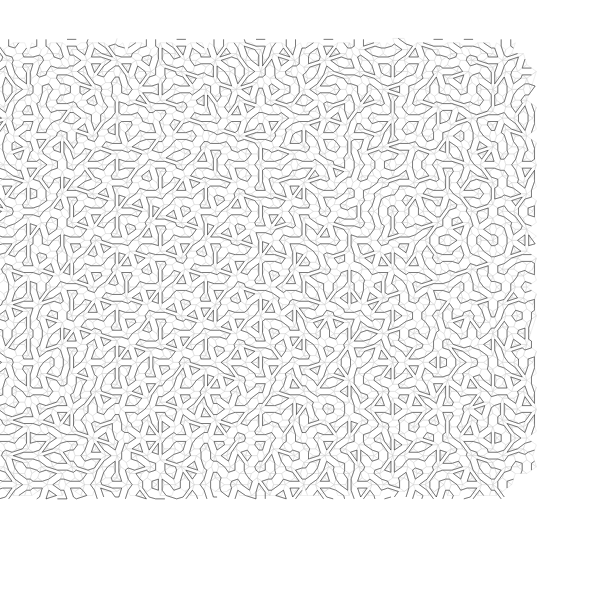
symmetry=14
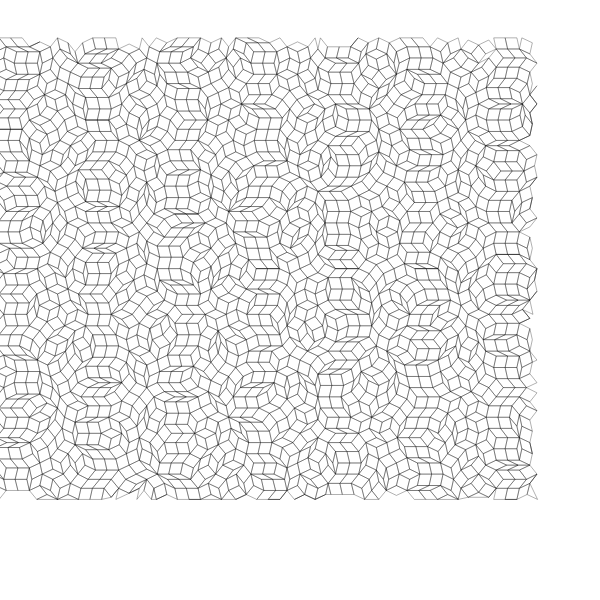
fillColor=true, magnify=0.6, symmetry=7
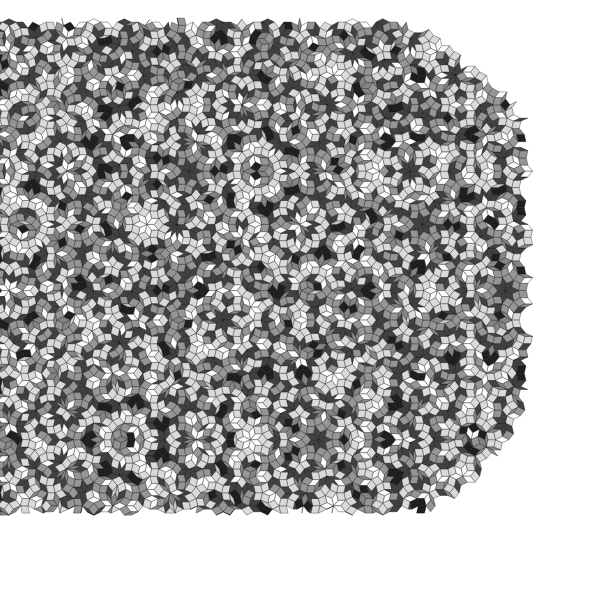
fillColor=true, lines=80, magnify=0.3
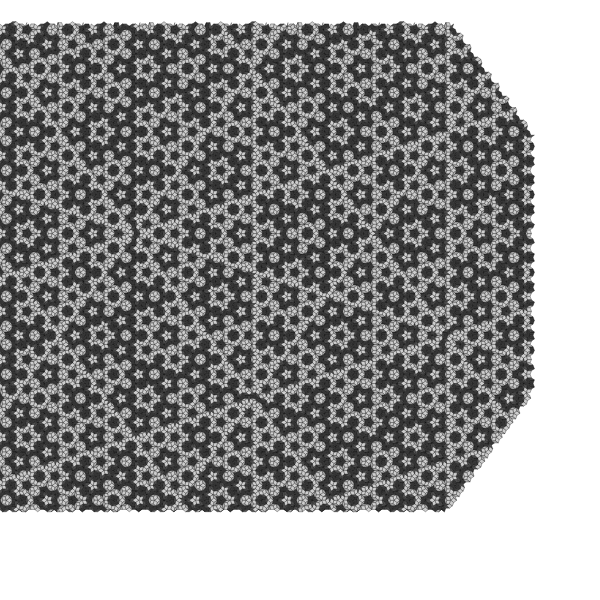
Several variants with color=true
